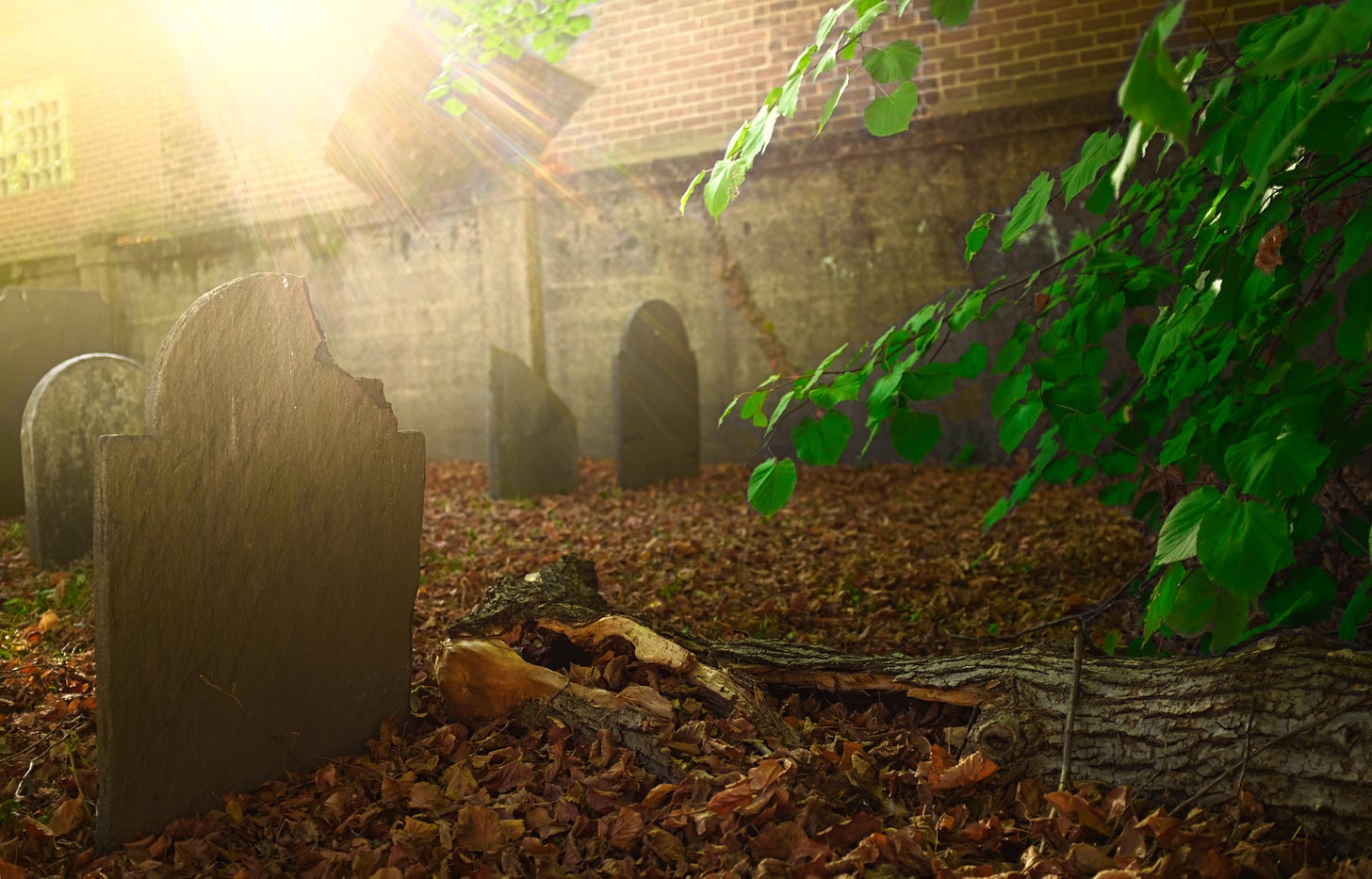Last fall, I had the opportunity to visit the Old Burying Ground (1633) in Dorchester, Massachusetts. This was kind of a big deal for a couple of reasons; first, it was at the situated at the end of my street, and I had always been wildly curious. Secondly, it’s always locked and closed to the public. The historical society had just happened to hold an event on a particular Sunday that let visitors in to learn more about the property. Here is a brief synopsis from the City of Boston:
The Dorchester North Burying Ground is Dorchester’s earliest remaining landmark. It is the burial place of some of Dorchester’s most prominent founding citizens. It is also one of seven seventeenth-century burying grounds in Boston. First laid out in 1634, it is the final resting place of two colonial governors William Stoughton, who was also Chief Justice during the Salem witch trials of 1692; and William Tailer. It also contains the graves of John Foster; the first printer in Boston; minister Richard Mather; 40 unknown Revolutionary War soldiers; and three African-American slaves. Dorchester North Burying Ground is unusual because it contains examples of funerary sculpture from the seventeenth, eighteen, nineteenth, and twentieth centuries, resulting in a very interesting mix of colors, shapes and sizes. There are many fine examples of early slate gravestone art here, one of which has been removed to the Boston Museum of Fine Arts. For the first two hundred years of its existence, Dorchester North functioned without embellishment of trees or floral arrangements, with fences erected periodically to keep out cattle and other animals. In 1834, Samuel Downer, who participated in creating Mount Auburn Cemetery, designed the landscaping for this cemetery. He created a system of pathways and avenues named after prominent Dorchester families. Over 400 shade trees and rare specimen trees were planted and a large number of shrubs and floral displays were also set out. Downer’s efforts resulted in an arboretum-like atmosphere in this burying ground.
I’ve got a few more photos from this trip in my backlog of shots to edit. Subscribe if you care to follow along in the pioneers’ 400+ year-old footsteps.


